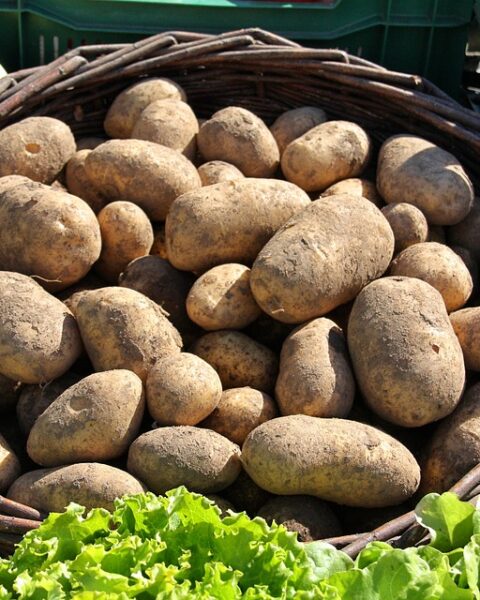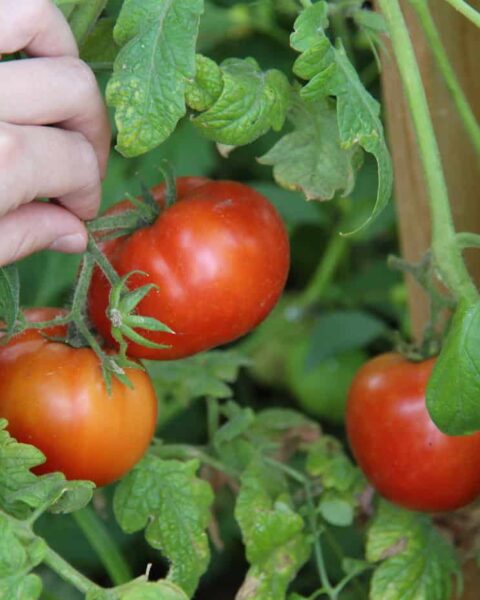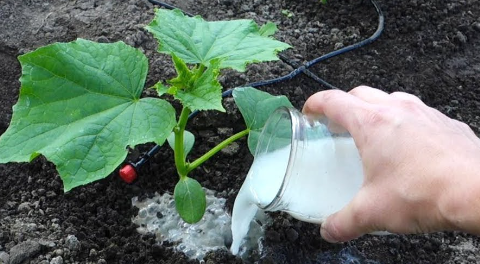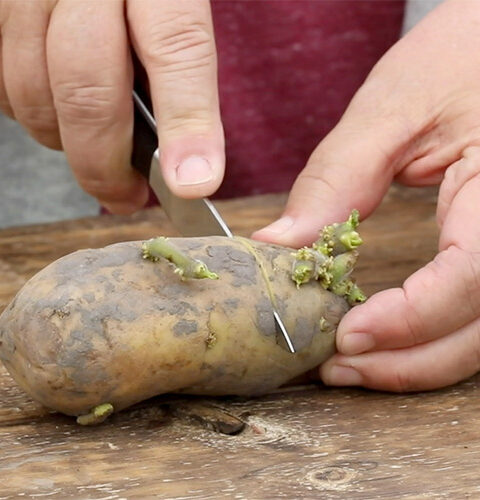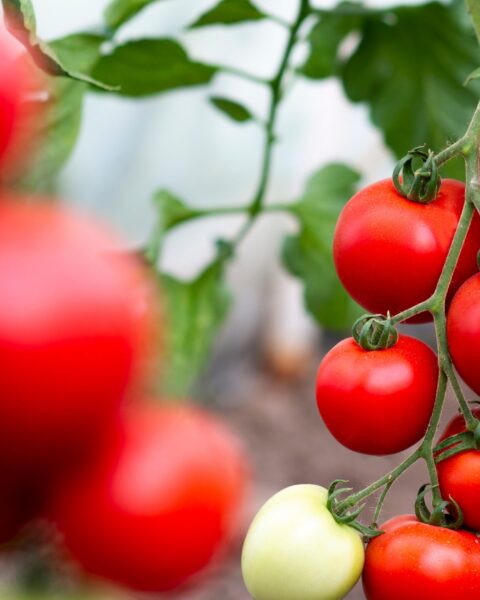Growing chili peppers in containers can be a rewarding experience, allowing you to cultivate these fiery fruits even if you don’t have access to a traditional garden. Here’s a step-by-step guide to help you get started:
Choose the Right Container: Opt for a container that is at least 12-16 inches in diameter and has drainage holes at the bottom to prevent waterlogging. Terra cotta pots or food-grade plastic containers work well.
Select the Right Variety: There are many varieties of chili peppers, each with its own unique flavor and heat level. Choose a variety that suits your taste preferences and climate conditions. Popular options include jalapeños, habaneros, Thai chilies, and bell peppers.
Prepare the Soil: Use well-draining potting soil mixed with compost to provide nutrients to your chili plants. Avoid using garden soil, as it may compact in containers and hinder root growth.
Planting: Plant your chili seeds or seedlings in the container, making sure to space them adequately to prevent overcrowding. Plant seeds about ¼ to ½ inch deep in the soil, and water gently after planting.
Watering: Chili peppers prefer consistent moisture, so water your plants regularly, keeping the soil evenly moist but not waterlogged. Check the moisture level by sticking your finger into the soil; if it feels dry about an inch below the surface, it’s time to water.
Light: Chili peppers require plenty of sunlight to thrive, so place your container in a sunny spot where it receives at least 6-8 hours of direct sunlight per day. If you’re growing indoors, consider using grow lights to supplement natural sunlight.
Fertilizing: Feed your chili plants with a balanced, water-soluble fertilizer every 2-3 weeks during the growing season to promote healthy growth and fruit production. Follow the instructions on the fertilizer package for proper dosage.
Support: Some chili pepper varieties may benefit from staking or trellising to support the weight of the fruit as it grows. Install stakes or trellises early in the growing season to avoid damaging the roots later on.
Pruning: Pinch off any small flowers that appear on your chili plants in the first few weeks after transplanting. This encourages the plants to focus their energy on establishing strong roots before fruiting.
Harvesting: Most chili pepper varieties will begin producing fruit 60-90 days after planting. Harvest the peppers when they reach their full size and color, using scissors or pruning shears to cut them from the plant. Be careful when handling hot peppers, and consider wearing gloves to protect your skin.
By following these steps and providing proper care, you can enjoy a bountiful harvest of homegrown chili peppers right from your container garden.

